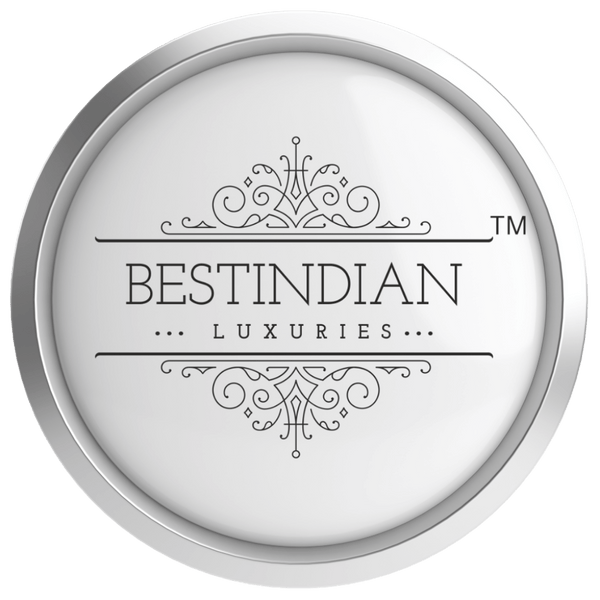The BestIndian™ Promise of Purity

At BestIndian™, luxury and purity are not mutually exclusive—they are one and the same. Our brand was founded on a simple, yet profound principle: to create the world's finest cosmetics using only what nature provides and science validates. This is our unwavering promise to you.

Our journey doesn’t begin in a boardroom; it begins in the Himalayan foothills and in the ancient texts of Ayurveda. We believe that true beauty is a reflection of holistic wellness, and that what you put on your body is as important as what you put in it.
That is why every product bearing the BestIndian™ name adheres to the most stringent standards of quality and safety, ensuring that you are using formulations that are not only effective but are fundamentally good for your skin, your body, and the planet.
What "Natural & Organic" Means to Us
In today's market, the words "natural" and "organic" are often used loosely. For BestIndian™, these are not marketing terms; they are the pillars of our identity, validated by the most rigorous global certifications.
Our Standard: The Fusion of Nature, Science, and Trust

- COSMOS Certified: We adhere to the COSMOS-standard, a globally recognized benchmark for organic and natural cosmetics. This certification ensures that our products are produced to the highest standards for sustainability, biodiversity, and the transparent use of natural resources. It is your guarantee of true organic integrity.
- 100% Natural & Ayurvedic: Our formulations are born from a deep knowledge of Ayurveda, using time-honored herbs and botanicals. We harness the power of ingredients whose efficacy has been celebrated for centuries.
- Scientifically Validated: We merge ancient wisdom with modern science. Our brilliant scientists and botanists create powerful bioactive formulas from secondary plant metabolites called phytochemicals. This ensures that our natural ingredients deliver potent, measurable results.
- Cruelty-Free & Vegan: Our commitment to welfare extends to all living beings. We are a proudly cruelty-free and vegetarian brand, and we never test on animals. This is a core part of our mission to honor our planet and its paws

The BestIndian™ "No" List: Commitment to Your Safety
True luxury is not about what is added, but what is purposefully left out. We have a strict and non-negotiable list of ingredients you will never find in our formulations. This isn't just a list; it is our pledge to protect your well-being.
We consciously formulate without:
- Parabens: Often used as preservatives, but we opt for safer, natural alternatives.
- Sulfates (SLS/SLES): Harsh chemical detergents that can strip the skin and hair of their natural oils. We use gentle, plant-derived cleansers instead.
- Formaldehyde & Formaldehyde-Releasers: We strictly avoid these preservatives linked to skin irritation and health concerns.
- Phthalates: Often hidden in synthetic fragrances, which we never use. Our scents come purely from natural essential oils and botanicals.
- Mineral Oil & Petrolatum: Petroleum by-products that can be contaminated and offer no real nourishment to the skin. We use pure, nutrient-rich plant oils.
- Diethanolamine (DEA): We avoid this foaming agent in favor of gentle, natural alternatives.
- Triclosan: We refuse to use this antibacterial agent due to concerns about its long-term effects.
- BHA & BHT: Synthetic antioxidants that have no place in our pure, natural formulations.
At BestIndian™, ingredient transparency is paramount. We believe you have the right to know exactly what you are putting on your skin. That’s why we proudly disclose our full ingredient lists, allowing you to make informed choices with absolute confidence.
This is our definition of luxury. This is the BestIndian™ Purity Standard.


